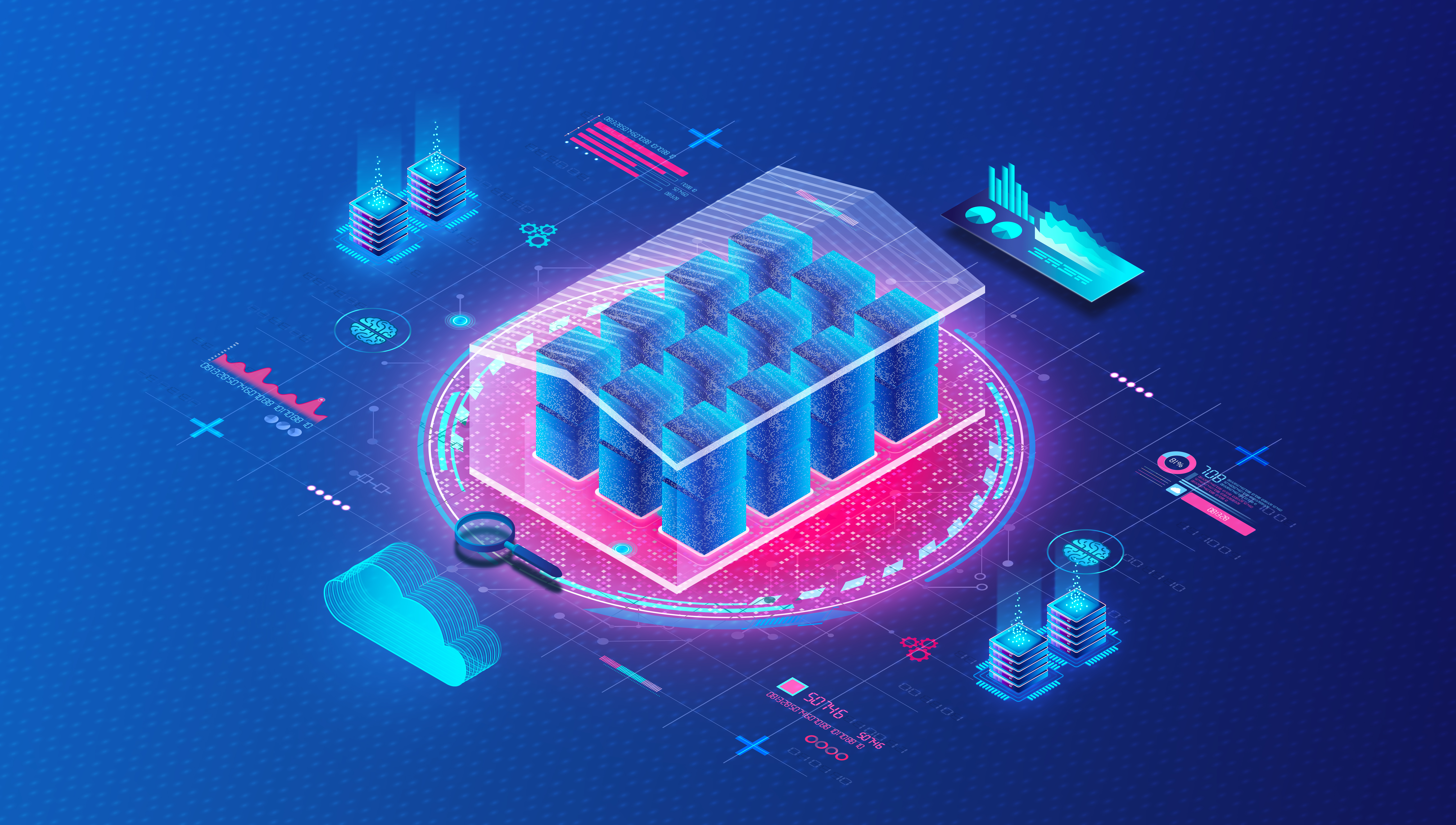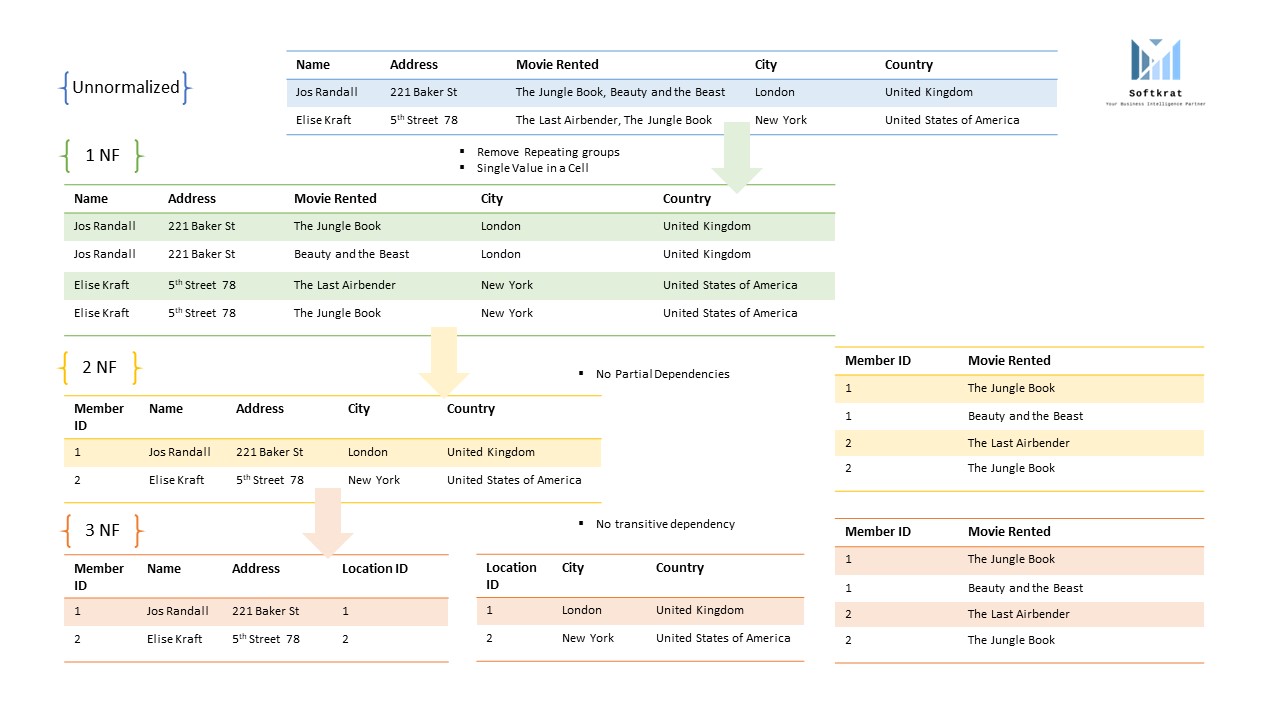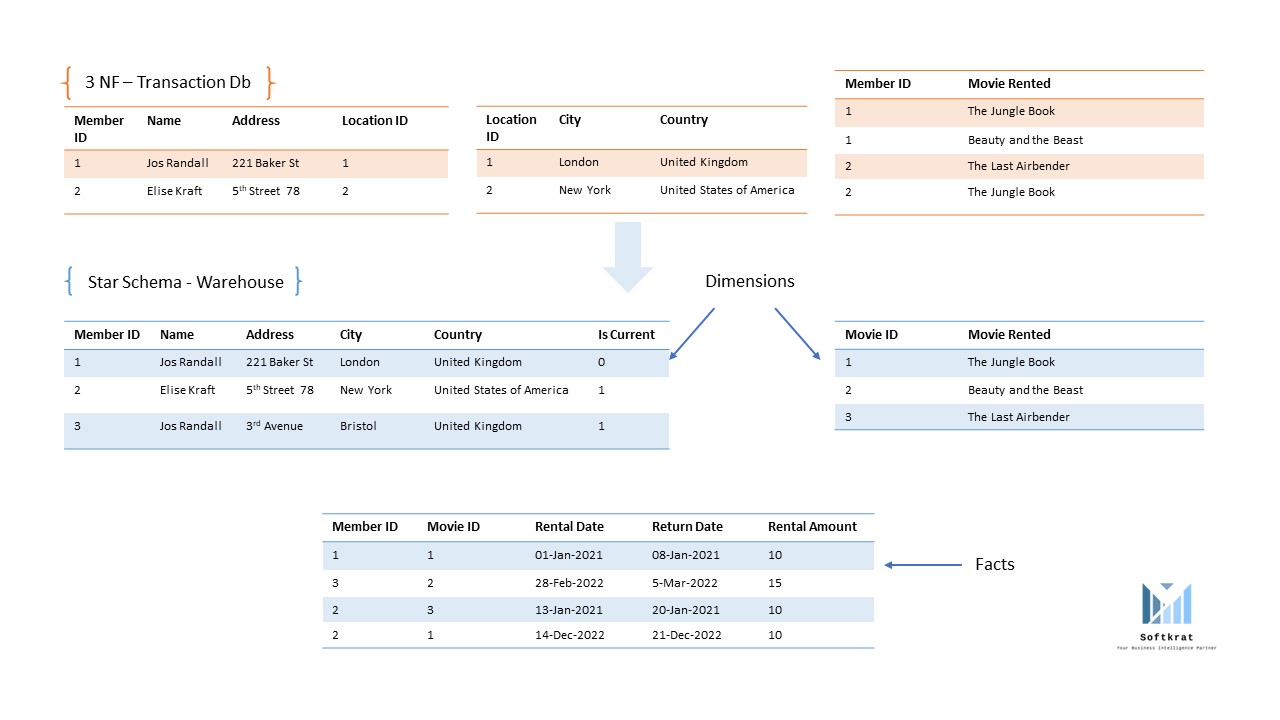Differentiation between OLAP and OLTP Databases
Background

In my years as a hiring IT leader, while recruiting for database designer and developer positions, one of the questions I regularly ask is the difference between OLAP and OLTP databases. I would expect anyone with a few years of experience to be able to easily differentiate between these types. However, to my utter disappointment, very few can answer the question satisfactorily.
In this article, I will briefly explain what differentiates these two types of databases as well as talk about some core concepts to keep in mind while designing these two databases.
What are OLTP Databases?
OLTP databases are optimized for performing fast and reliable transactions that are designed to support the day-to-day operations of an organization. They are optimized for high-speed, low-latency transactions that are typically performed by front-end applications such as point-of-sale systems, e-commerce websites, and online banking applications. OLTP databases are typically characterized by their ability to handle many small transactions and their ability to maintain data consistency and integrity.
OLTP databases are typically used to manage operational data such as customer records, sales transactions, inventory data, and financial transactions. They are designed to support real-time transaction processing and are optimized for performance and scalability. OLTP databases are also designed to handle concurrent access by multiple users and applications, which makes them suitable for mission-critical applications that require high availability and reliability.
What are OLAP Databases?
OLAP databases, on the other hand, are analytical databases that are designed to support complex data analysis and reporting. They are optimized for read-intensive operations that require the aggregation of large amounts of data from multiple sources. OLAP databases are typically characterized by their ability to handle large, complex queries and their ability to support multidimensional analysis. We design databases with potentially duplicate data such that retrieval becomes faster. OLAP databases are typically read-only and typically have some ETL / ELT processes writing the data into it periodically or on the occurrence of some event.
OLAP databases are typically used for business intelligence and decision support applications. They are designed to support ad-hoc queries and data analysis, which makes them suitable for exploratory data analysis and data mining. OLAP databases are also designed to support complex reporting and visualization, which makes them suitable for executive dashboards and other reporting applications.
Differences between OLTP and OLAP databases based on purpose, data structures, querying, performance, and scalability
Purpose
As stated earlier, the primary purpose of an OLTP database is to support transactional processing, whereas the primary purpose of an OLAP database is to support analytical processing. OLTP databases are used to manage day-to-day business operations, while OLAP databases are used for strategic decision-making.
Data Structure
OLTP databases are typically characterized by their normalized data structure, which is optimized for transaction processing.

Fig 1. Normalization up to 3NF
OLAP databases, on the other hand, are typically characterized by their denormalized data structure, which is optimized for data analysis and reporting. OLAP databases are designed to support multidimensional data structures, which enable users to perform complex data analysis and reporting.

Fig 2. Transactional to Star Schema
Query Processing
OLTP databases are optimized for high-speed transaction processing and are designed to support simple, low-latency queries. OLAP databases, on the other hand, are optimized for complex queries that require the aggregation of large amounts of data from multiple sources. OLAP databases are designed to support ad-hoc queries and data analysis, which makes them suitable for exploratory data analysis and data mining
Performance and Scalability
OLTP databases are designed for high performance and scalability, which makes them suitable for mission-critical applications that require high availability and reliability. OLAP databases, on the other hand, are designed for high read-throughput, which makes them suitable for complex data analysis and reporting
Data Consistency
OLTP databases are designed to maintain data consistency and integrity, which is essential for transaction processing. OLAP databases, on the other hand, are designed to handle data that may not be consistent or complete, which is essential for exploratory data analysis and data mining
Conclusion
In conclusion, OLTP and OLAP databases are two different types of databases that are designed for different purposes. OLTP databases are designed to support transactional processing, while OLAP databases are designed to support analytical processing. OLTP databases are optimized for high-speed.

